15th October 2025
Predictive insights for safer, smarter homes
From reactive alarms to predictive insights — why interoperability is the key to safer, smarter living for older adults.
Introduction
Independent living is evolving. Traditional systems like pendant alarms and siloed monitoring tools were designed for a different era - one where responding after an incident was seen as good enough. Today, the stakes are higher. Older adults are living longer, often in their own homes, retirement communities, or aged care facilities, and they deserve more than a reactive model of support.
That’s where IoT (Internet of Things) technology comes in. By enabling interoperability - bringing different devices, sensors, and data streams together in one platform - IoT empowers housing providers, senior living operators, carers, and families to act proactively instead of reactively.
The problem with silos in later and senior living
- Fragmented systems: Traditional telecare often relies on standalone alarms or logs. Each one provides a partial picture, but rarely the whole story.
- Delayed insights: Incident logs are retrospective. By the time they’re reviewed, harm may already have been done.
- Missed connections: One device may pick up a change in activity, another may record environmental shifts, but without integration the dots aren’t joined.
Silos don’t just slow down response - they limit prevention.
Why interoperability matters
Interoperability means that different devices, systems, and sensors talk to each other through a single platform. For independent and senior living, this shift delivers real benefits:
- Continuous monitoring: 24/7 data on health, environment, and behaviour
- Early warnings: Subtle anomalies are flagged before they become emergencies
- Reduced alarm fatigue: Fewer false alarms thanks to predictive context
- Joined-up care: Housing providers, retirement communities, healthcare teams, and families all see the same real-time information
- Greater dignity: Technology fades into the background, letting people live independently without constant reminders of fragility
Checklist: Signs your organisation still operates in silos
Ask yourself:
- Do we rely on separate systems for health monitoring, property management, and environmental data?
- Are carers or housing staff forced to log in to multiple platforms?
- Do our alarms mostly trigger after an incident has already occurred?
- Do families complain about being left in the dark?
- Are staff experiencing alarm fatigue from repeated false positives?
If you’ve ticked more than two boxes, it’s time to rethink your approach.
The role of real-time IoT in independent and aged care
Real-time IoT data is more than just a tech upgrade. It creates a foundation for predictive, preventive support:
- From reactive to predictive: Instead of responding to a fall, patterns of reduced mobility can be spotted in advance
- From isolated alerts to holistic insights: Environmental sensors, wearables, and smart devices all feed into one platform
- From downtime to continuity: 24/7 monitoring reduces delays, costs, and safety risks
Checklist: Steps to embrace interoperability in later living technology
- Audit existing systems – Identify where data is siloed and who owns it
- Choose interoperable platforms – Look for solutions that aggregate multiple data streams, not add another silo
- Train staff and partners – Make sure everyone knows how to use insights, not just alerts
- Engage families – Give them access to meaningful, real-time updates
- Future-proof with AI and analytics – Ensure your chosen solution can evolve with machine learning and predictive tools
Archangel’s approach
At Archangel, interoperability is at the core of our Ambient Assisted Living (AAL) platform. By unifying IoT data - from sensors, wearables, and property systems - we eliminate silos and create one source of truth.
For independent and senior living providers, that means:
- Faster, more confident decision-making
- Reduced risk and operational downtime
- Improved outcomes for older adults who want to live safely, independently, and with dignity
Conclusion
The future of connected care for older adults isn’t about adding more devices or alarms. It’s about making technology work together, breaking down silos, and using predictive insights to prevent incidents before they happen.
It’s time to move from logs to live, from silos to integration, and from reactive care to proactive wellbeing.
Get in touch to see how interoperable IoT can transform independent older adult, senior, or later living in your organisation.
Sign up and keep up-to-date.
We'd love to keep you in the loop! Receive our latest news, events, insights, and blogs delivered straight to your inbox.

